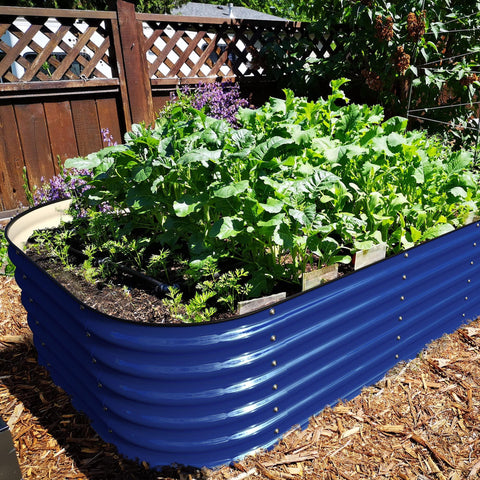A Simple Guide to Planting Lily Flowers in Garden Beds
Lily flowers are beautiful and elegant, known for their unique blossoms and enchanting fragrance, making them a popular choice among garden enthusiasts. If you have a garden bed and wish to plant lilies, you've come to the right place! This article will provide you with a simple guide on how to successfully plant lily flowers in your garden bed, creating a fragrant and colorful oasis.
Step 1: Choose the Right Variety and Location
Before you begin planting lilies, it's essential to select the appropriate variety and location for your garden. There are various lily species available, such as Asiatic lilies, Trumpet lilies, and Oriental lilies. Consider your climate conditions, soil type, and sunlight exposure when choosing the variety. Most lilies thrive in full sun, but there are also some varieties that can tolerate shade.
Step 2: Prepare the Soil
Lilies prefer fertile and well-draining soil. Dig holes in the garden bed, approximately 12 inches (30 cm) deep, and loosen the soil. If the soil is heavy or clayey, you can improve the drainage by adding some well-rotted compost or sand.
Step 3: Planting Bulbs and Rooting
Purchase healthy lily bulbs and plant them in the prepared soil. Place the bulbs in the holes, ensuring there is enough space between them, typically maintaining a distance of about 12 inches (30 cm) apart. Then gently fill the holes with soil, covering the bulbs, and lightly press to secure them.
Step 4: Watering and Fertilizing
Lilies require adequate moisture to grow sturdy stems and blossoms. Keep the soil consistently moist in the weeks following planting, but avoid overwatering to prevent root rot. Once the flower buds start forming, you can use liquid fertilizer or organic fertilizers to provide additional nutrients.
Step 5: Maintenance and Care
Once lilies start growing, proper maintenance and care are crucial. Regular weeding is essential to keep the garden bed clean and reduce competition. Ensure timely removal of withered leaves and stems to promote further growth and flower production. Provide extra watering during dry summers, and consider providing some shade to the flower bed in hot weather.
Conclusion:
By choosing the right variety, preparing the soil appropriately, and implementing proper care, you can successfully plant lily flowers in your garden bed. The exquisite blooms of lilies will add unique charm and fragrance to your garden. Remember, patience and attentiveness are key to successfully growing lilies. Wishing you the delight of lilies in your garden!


